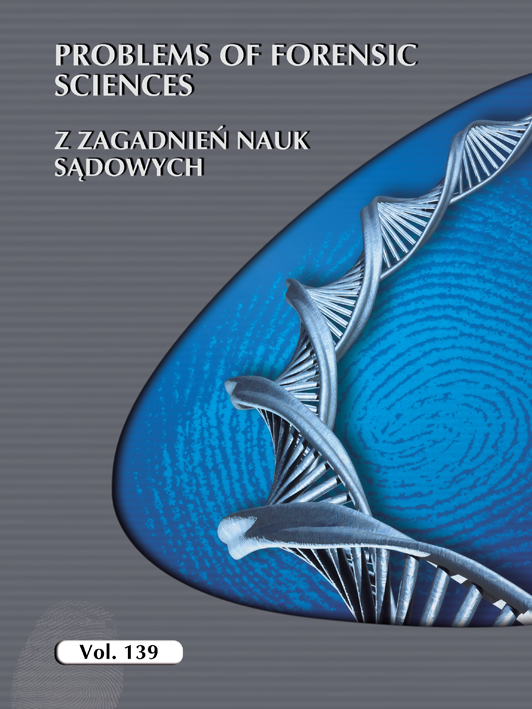The role of flow cytometry in forensic investigation: a review
The role of flow cytometry in forensic investigation: a review
Author(s): Sachil Kumar, Tulsidas R. BaggiSubject(s): Health and medicine and law
Published by: Wydawnictwo Uniwersytetu Jagiellońskiego
Keywords: Flow cytometry; Touch DNA; Forensic sciences; Sexual assault; Post-mortem interval; Species identification.;
Summary/Abstract: Flow cytometry is a laser-based technique that analyses single cells or particles suspended in a buffered salt-based solution. Ithas applications in multiple areas, including cancer biology, molecular biology, virology, immunology, and infectious diseasemonitoring. In forensic investigations, flow cytometry has been employed to analyse a variety of samples. Flow cytometry hasindeed found significant applications in forensic science, particularly in determining the post-mortem interval (PMI), investigat-ing sexual assault cases and analyzing ‘touch DNA’ for identifying perpetrators. This review is an overview of how flow cytom-etry has been utilized in these areas, based on studies from 1999 to 2021. Articles were retrieved using academic search systemssuch as Google Scholar, PubMed, MEDLINE, Scopus, and Science Direct, using keywords such as flow cytometry, forensicpathology, forensic medicine, sexual assault, touch DNA, post-mortem interval, PMI, and forensic science. A total of 86 publi-cations were assessed, of which 52 met our criteria. Many studies have explored the use of flow cytometry for PMI estimationand perpetrator identification in sexual assault cases. Flow cytometry is particularly beneficial for accurate and non-destructiveassessment of touch DNA samples that are processed simultaneously with routine casework procedures for DNA analysis. Flowcytometry is useful in forensic pathology when other techniques fail, because it detects various common genetic abnormalitiesin dead cells and tissues. In summary, flow cytometry is a superior alternative to other methods because it offers rapid analysis,high sensitivity, and ease of use. These benefits make it an invaluable tool in research and clinical settings, providing efficientand accurate cell analysis that can significantly enhance both diagnostic and therapeutic processes
Journal: Problems of Forensic Sciences
- Issue Year: 2024
- Issue No: 139
- Page Range: 209 - 226
- Page Count: 18
- Language: English

